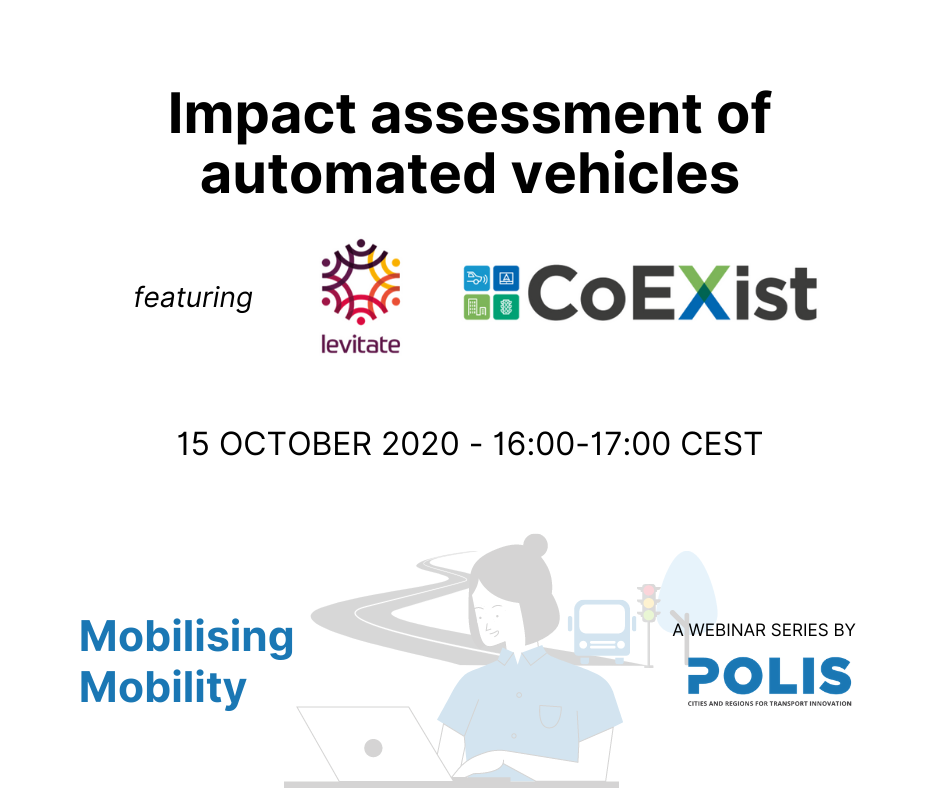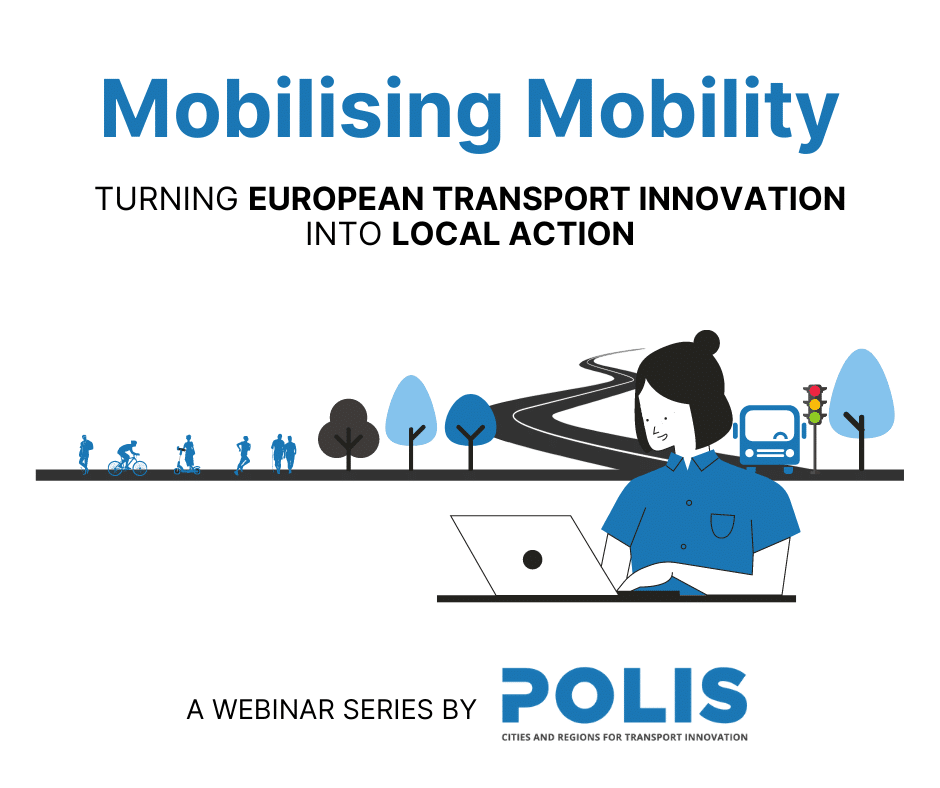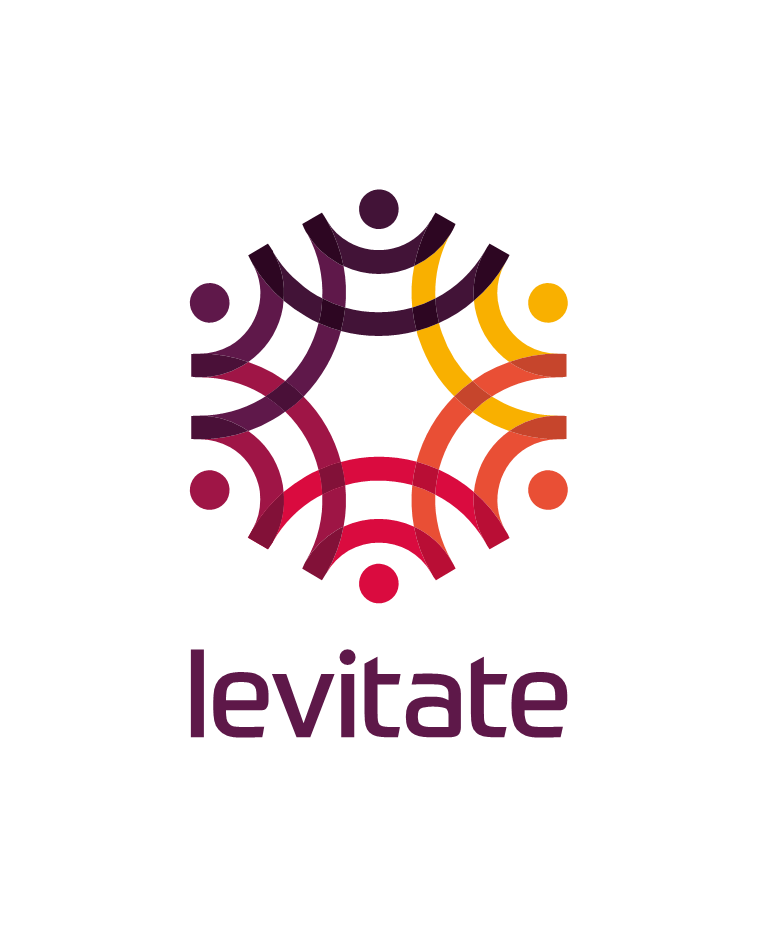Mobilising Mobility: Impact assessment of automated vehicles
Featured speakers were:
- Dr. Hitesh Boghani, Senior Research Associate at Transport Safety Research Centre, Loughborough University (representing LEVITATE)
- Dr. Johan Olstam, Senior Research Leader, Swedish National Road and Transport Research Institute (representing CoEXist)
- Prof. Andrew Morris, Professor of Human Factors in Transport Safety at Loughborough University (representing LEVITATE)
The webinar was a Polis initiative in cooperation with the LEVITATE and CoEXist projects
Find the recording here
About LEVITATE and CoEXist
LEVITATE is currently building tools to help European cities, regions and national governments prepare for a future with increasing levels of automated vehicles in passenger cars, urban transport services and urban logistics. The project is preparing a new impact assessment framework to enable policy makers to maximise the benefits of connected and automated transport systems (CATS) and utilize the technologies to achieve societal objectives.
CoEXist is a European project which prepares the transition phase during which automated and conventional vehicles will co-exist on cities’ roads. It bridges the gap between automated vehicles (AVs) technology, transportation and infrastructure planning, by strengthening the capacities of urban road authorities and cities to plan for the effective deployment of AVs.



